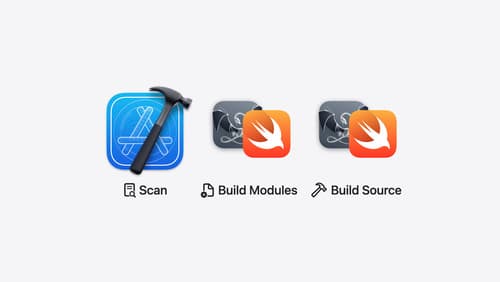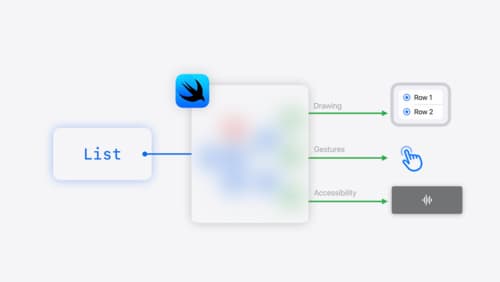describe the process for making multi-platform projects
Asked on 2025-01-20
1 search
To create multi-platform projects, especially for games, Apple provides a streamlined process using Xcode. Here's a general overview of the process as described in the session "Port advanced games to Apple platforms":
-
Project Configuration: Start by properly configuring your Xcode project to target multiple Apple devices, such as macOS and iOS. This involves setting up your project settings under supported destinations to ensure that both macOS and iOS can access the full capabilities of their respective SDKs.
-
Target Conditionals: Use target conditionals in Xcode to differentiate elements like libraries, frameworks, and parts of code depending on the target platform. This allows you to compile parts of your files for one OS or the other, and even have whole files tailored for specific targets.
-
Unified Codebase: Maintain a common codebase that shares most project settings across all destinations. This is particularly useful for games, which typically use a shared codebase.
-
Platform-Specific Files: While sharing a codebase, you can also have platform-specific files, such as app lifecycle files, which may be separate for macOS and iOS.
-
Use of Apple Frameworks: Leverage the maturity of Apple frameworks that target both macOS and iOS, making the development experience straightforward.
-
Metal Shaders: Utilize unified Metal shaders to compile your graphics code once and deploy it across platforms.
For more detailed guidance, you can refer to the session Port advanced games to Apple platforms (06:22) which covers configuration and other essential steps in the porting process.

Demystify explicitly built modules
Explore how builds are changing in Xcode 16 with explicitly built modules. Discover how modules are used to build your code, how explicitly built modules improve transparency in compilation tasks, and how you can optimize your build by sharing modules across targets.

SwiftUI essentials
Join us on a tour of SwiftUI, Apple’s declarative user interface framework. Learn essential concepts for building apps in SwiftUI, like views, state variables, and layout. Discover the breadth of APIs for building fully featured experiences and crafting unique custom components. Whether you’re brand new to SwiftUI or an experienced developer, you’ll learn how to take advantage of what SwiftUI has to offer when building great apps.

Bring your iOS or iPadOS game to visionOS
Discover how to transform your iOS or iPadOS game into a uniquely visionOS experience. Increase the immersion (and fun factor!) with a 3D frame or an immersive background. And invite players further into your world by adding depth to the window with stereoscopy or head tracking.
